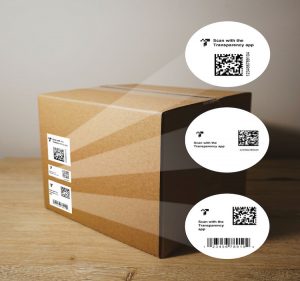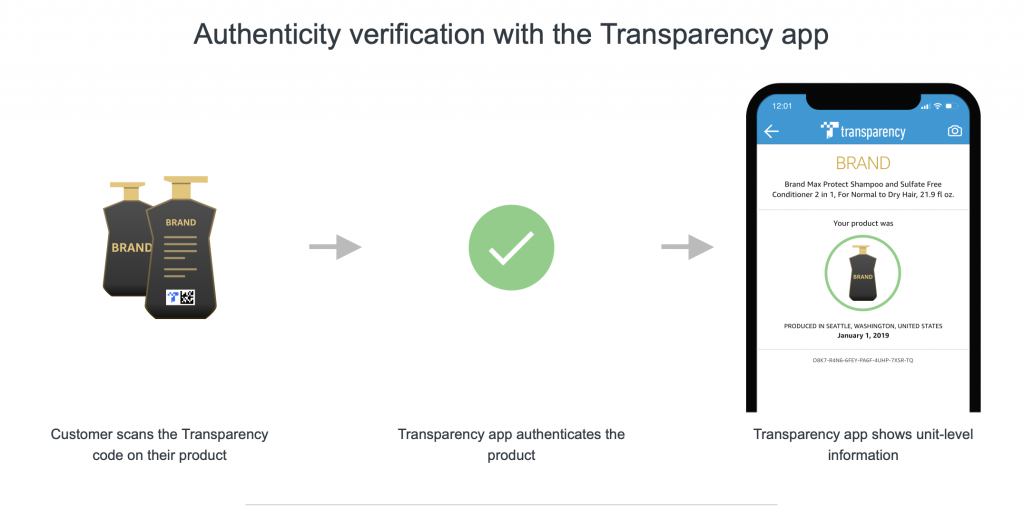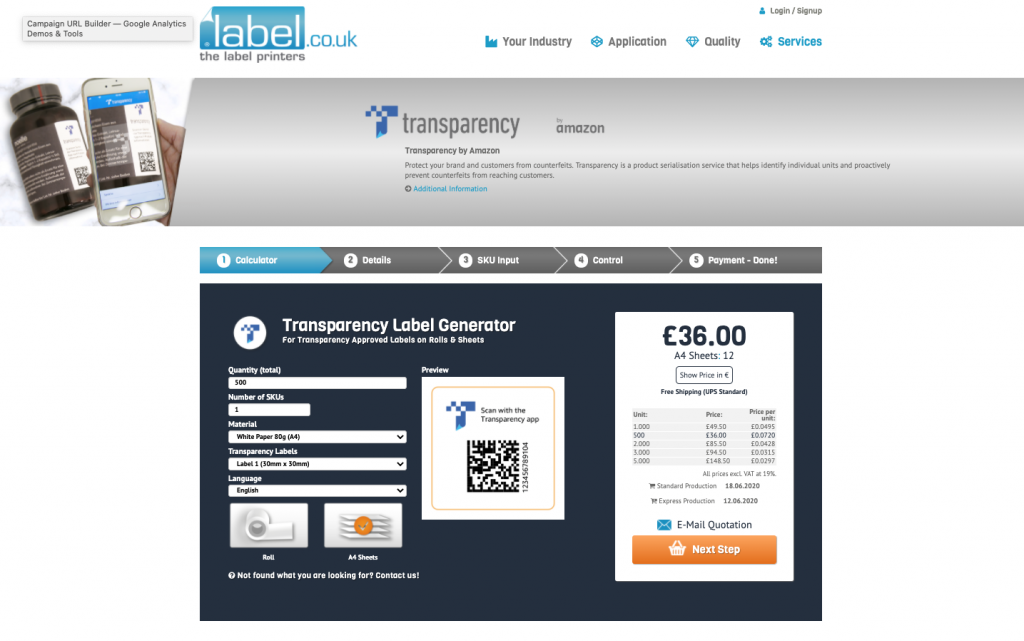
Regulate counterfeits with label printing
Amazon has invented the ‘Transparency’ service to fight off counterfeiting, which has in turn opened new doors of realm for packaging and labelling industry. Let’s understand how Transparency works and learn what it could mean for the packaging and labelling industry
The big online marketplaces, which also allow third parties to legally sell trademark products from other manufacturers on their sites, have undoubtedly helped a number of small businesses due to their massive reach or spot-on logistics systems. With millions of product units being sold, this marks as the starting point for - counterfeiting - crooked companies selling fake products. One such marketplace, Amazon, has invented the ‘Transparency’ service to fight off counterfeits, which has in turn opened new doors in the realm of the packaging and labelling industry. Let’s first understand how Transparency works before we think about what it could mean for the packaging and labelling industry.
When brands enrol in Transparency, they are issued with a series of Transparency codes - technically speaking unique, alphanumeric non-sequential codes (in CSV format). Brands are then responsible for sticking a Transparency code on every unit that they want to sell on any channel. Each unit gets its own unique code which is a 26-digit encryption code that includes the product’s 'rich unit level information' i.e. the manufacturing date, location, materials and ingredients. Each code can be tracked and traced back to a single brand, so - when sold through Amazon - it knows which code belongs to which brand. If a shipment of products that are enrolled in Transparency comes to the warehouse without such codes, the related seller will be investigated, then the inventory will be pulled down. Customers can download the Transparency app and then scan the code to verify authenticity, understand when the item was manufactured and more. The following screenshot is from the Transparency website and explains how customers can use it:

Brands can choose to individually sticker products if they like, but most of them are working with their in-house or third-party labelling or print and packaging partners instead to print bar codes directly onto their packaging, thereby avoiding any additional sticker costs and increasing efficiency. The initiative to use the Transparency service could also come from the packaging or labelling supplier.
Since these Transparency codes are individual to packaging, you can only use them in digital print. The printer could print the sticker with Transparency code after the packaging has been printed and paste the sticker on there, which could be manual or machine work, but much smarter is to integrate the code into the packaging design itself. When printing the 1000 copies of the packaging, you can have as many different Transparency bar codes applied at that time (Variable data printing). Of course, a bar code labelling solution is needed that can place the required elements of Transparency, like Transparency logo and description, Data matrix symbol and code and Product ID (such as UPC, GTIN, SKU or EAN). Such labelling solution can for example provide preconfigured label templates in accordance with the Transparency program. The brand owners will only have to provide their 26-digit transparency codes and Product IDs to the labelling solution provider, which they will convert to QR codes and print along with other required information (like transparency logo, Data matrix symbol ...) most likely in an automated way.
Of course, individual print requires fast creation of individual data. Web technologies based on JavaScript and HTML are the fastest way to convert data into design. One of our products, pdfChip, provides a functionality to add bar codes that can be used by such print and packaging suppliers. Our business partner calibrate has achieved the feat of automating the entire process from receipt of order to approval and production for the end user etikett.de, a label printing website who recently launcheda Transparency label generator.

callas software finds simple ways to handle complex PDF challenges. As a technology innovator, callas software develops and markets PDF technology for publishing, print production, document exchange and document archiving. callas software helps agencies, publishing companies and printers to meet the challenges they face by providing software to preflight, correct…
Read more




